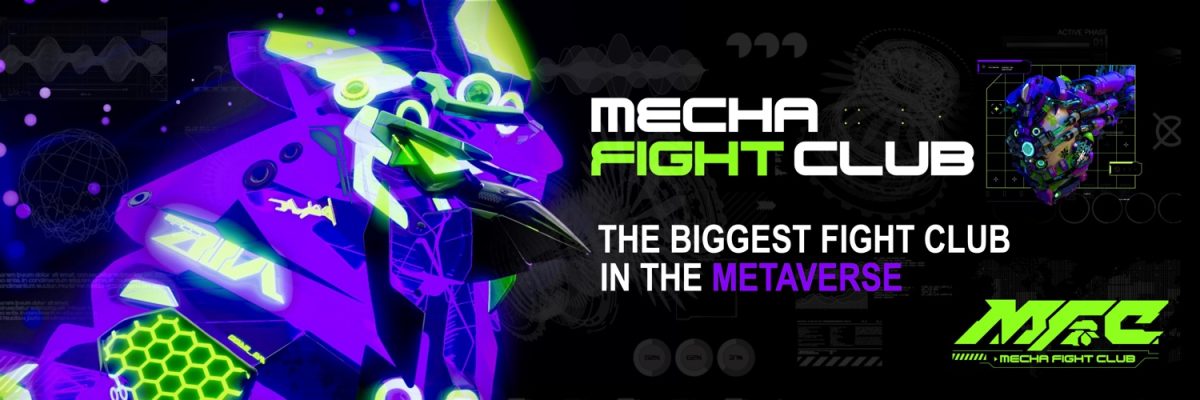Brush stroke envy: why you should trademark your NFT | Dunlap Bennett & Ludwig PLLC

A few weeks ago, a federal jury in Ohio found that Goodyear Tire stole the ideas of a European inventor related to self-inflating tires and awarded the inventor $61.2 million in punitive damages and $2.8 million in compensatory damages for Goodyear’s theft of the inventor’s trade secrets.
The most valuable painting in the world is a portrait of Lisa Gherardini, the wife of a Florentine fabric merchant. In English, this masterpiece by Léonardo da Vinci is known as the Mona Lisa. In 1962, the painting was insured for $100 million. Based on this estimate, the Mona Lisa is worth almost one billion dollars today.
How can a painting have such an enormous value? Apart from its artistic merit, another simple but equally important quality makes the Mona Lisa fabulously valuable: its uniqueness. While many copies of the typical Mona Lisa are available, they were not painted by Leonardo’s hand. In short, there will never be another Mona Lisa.
Today, many artists have given up their paintbrushes and canvases for digital drawing tools, tablets and editing software, all with incredible creative potential. Yet the value of the digital artwork created using these remarkable tools is severely limited by the fact that most digital artwork is not unique. Unlike hand-painted brushstrokes on a physical canvas, each “brushstroke” of a digital artist’s stylus is recorded in an electronic format that can be copied easily and accurately, with each copy visually indistinguishable from the original. Therefore, for many, digital art lacks the unique quality that makes physical paintings desirable.
Because digital art is so easy to copy, it may come as a surprise to learn that a digital image file recently sold for the equivalent of $69.3 million. The work, titled EVERYDAYS: THE FIRST 5000 DAYS, is a composite of 5000 images created by the famous digital artist known as Beeple. Unlike the Mona Lisa, EVERYDAYS is not unique; it’s a 21,069 x 21,069 pixel .jpg image that can easily be replicated ad nauseum, and it would be difficult if not impossible to authenticate the “original” .jpg from any digital clone. So why is this particular .jpg image so valuable? The answer is largely due to the “Non Fungible Token” or “NFT” that was sold alongside the EVERYDAYS artwork.
An NFT is not a digital image, video or other multimedia resource. Rather, like the title to a car or the deed to a home, an NFT serves to confirm that the owner of the NFT also owns rights to the asset covered by the NFT. Unlike a .jpg image or other digital artwork, NFTs are inherently unique and cannot be copied and pasted. Because of this, NFT owners hope that NFTs will retain their value as an authentication device when combined with digital art to ensure the authenticity and uniqueness of the digital art. While the long-term value of NFTs remains to be seen, in the short term some NFT collections have been very successful.
For example, in April 2021, a group of digital artists began selling a collection of images of bored monkeys. Each monkey sign has unique features. For example, a boring monkey wears a leather flight helmet and a sailor-striped t-shirt and has long yellow hair and striking blue eyes. The Bored Ape Yacht Collection was a big hit with celebrities like Steph Curry, Shaquille O’Neal, DJ Steve Aoki and Mark Cuban. Today, if you want to join this exclusive digital club, the cheapest boring monkey available sells for north of $95,000. Because of the “smart contracts” embedded in the NFTs that authenticate and make the BAYC collection unique , the company that created the collection receives a share of the proceeds every time a bored monkey is sold or resold.
For digital artists hoping to capitalize on the NFT trend, obtaining trademark protection can be an invaluable tool in preserving the uniqueness and value of their artist name and NFT collection. For example, Yugo Labs, the company behind Bored Ape Yacht Club, has filed more than 20 trademark applications with the US Patent and Trademark Office related to this NFT collection. These applications seek to protect the original name of the collection, abbreviations such as BAYC, the collection’s logo, and even variations such as MUTANT APE YACHT CLUB, as they are used with a variety of goods and services, including artwork, digital collectibles, social networking services, clothing, jewellery, toys and even beer. Protection of these trademarks is important because they are used to help distinguish legitimate Bored Ape Yacht Club NFTs from knock-off or confusingly similar brands.
In summary, the value of an NFT collection can be preserved and enhanced by marking it and protecting that mark with a federal trademark registration. This registration can then be used as a shield to protect against knock-off, counterfeit and confusingly similar NFT tokens. If you would like to work with an experienced trademark attorney to protect the name of your NFT collection or other trademark assets, we invite you to contact our team today.
[View source.]























![How real are Bitcoins [BTC] next bull rally probably How real are Bitcoins [BTC] next bull rally probably](https://www.cryptoproductivity.org/wp-content/uploads/2022/09/bitcoin-3134829_1280-1000x600-120x120.jpg)